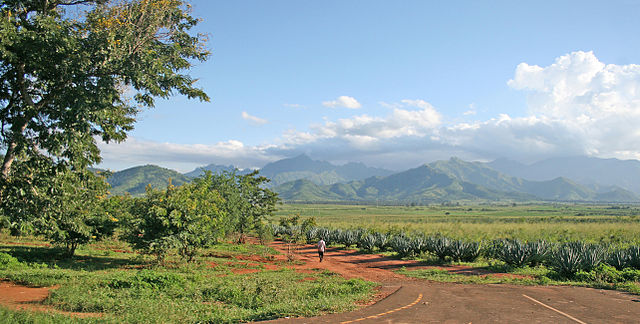Tanzania is launching an ambitious agricultural corridor plan on April 27, 2025, amid a surprise ban on agri-food imports from South Africa and Malawi.
The East African nation boasts crop and livestock product diversity that inform both its ambitious agricultural plans and exports.
Indeed, just before the retaliatory ban, the country announced the upcoming launch of the Agricultural Growth Corridors of Tanzania (Agcot).
While expanding the existing Southern Agricultural Growth Corridors of Tanzania (Sagcot), Agcot seeks to imitate Sagcot’s phenomenal success.
Between its launch in 2010 and 2024, Sagcot attracted 111% public and private investments and realised $6.34 billion.
Most of the erstwhile corridor’s investments came from public contributions amounting to $5.02 billion that fueled farming infrastructure. Some $1.32 billion more emanated from private entities that helped farmers earn $600 million over the period.
A more expansive capital plan will befall Agcot, with a target for $20 billion in investments by 2050.
Unlike its predecessor, the new plan has three agricultural corridors, namely Central, Northern and Mtwara (southeast Tanzania).
Together with the national Agriculture Master Plan 2050, Agcot aims to increase farming incomes by 25% and slash malnutrition by 15%.
The vision also incorporates a competitive export footprint, which will come through grains, horticulture and leather shipments.
Preliminary Export Ban
Concerning which, the government has stopped agricultural imports from Malawi and South Africa against the two countries’ banning TZ’s produce.
The Minister of Agriculture Hussein Bashe on April 23, 2025 linked the ban to diplomacy failure with these South African Development Community’s partners.
Malawi began the tiff by restricting Dar’s rice, bananas, maize flour and ginger, even as South Africa prohibited bananas.
According to Bashe, Dar will also restrict the surface transit of goods en-route to Malawi from neighboring origins.
Citing business protection measures, the Minister also specified fertilizer from his country will not ship to Lilongwe.
Thus, an export-oriented agricultural corridor in the making has come up just when Tanzania is kindling a trade dispute. The following statistics take the battle front further by giving a holistic glimpse of the agricultural sector that spans from crops to fisheries.
Tanzania Agriculture Statistics
Tanzania is still a mainly agrarian nation. So important is farming that about 45% of all land in the vast nation is under agriculture. The sector represents 30% of the GDP and absorbs 3/4 of the workforce, according to the International Trade Administration. Domestic agricultural commerce and processing forms the bulk of the sectoral revenue. Together with exports, the two niches bring an annual revenue base equivalent of $14.3 billion.
Which are the key crops of Tanzania?
Maize, as the staple diet, is the leading crop, with an annual production of between 5.9 and 6.3 million tonnes. Although maize enjoys widespread cultivation, it is rice however that takes the crown as the biggest crop by volume. Paddy production oscillates at between 2.112 and 3.485 million tonnes, annually. Almost all rice in this biggest producer in East Africa is for home consumption, as annual exports make up just 30,000 tonnes. Also enjoying ample commercial production are coffee, sisal, cashew, tea, cloves (in Zanzibar), cotton and tobacco.
What key agricultural industries lead in Tanzania?
While not comparable to crop commercialization, the livestock sector of Tanzania is thriving. It boasts a flourishing leather industry with 2.6 million raw hide output, yearly. This high commercial count owes to a huge stock comprising over 17.7 million bovines and 16 million sheep and goats. Other leading industries include dairy, horticultural processing (at 4% of total production) and cashew processing (about 10% of total production).
Which are the chief farming exports by TZ?
Coffee, vegetables/fruits, cashew nuts, grains, cotton, tobacco and tea represent 20% of the local agri-food exports. All agricultural exports bring an average $1.2 billion yearly, as of 2020. This is a small margin vis-á-vis the total agricultural value of over $14 billion. As of 2023, dried legumes were the biggest agricultural dispatches from Tanzania, worth $352 million. Only gold and petroleum earned more export value that year.
Is South Africa Tanzania’s biggest trade partner?
South Africa is only second to India as Tanzania’s biggest trading partner for both agricultural and other goods. In 2023, SA imported $1.12 billion from Tanzania while India topped with $1.55 billion.
